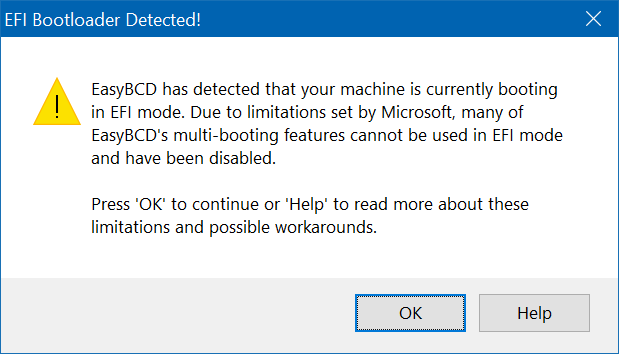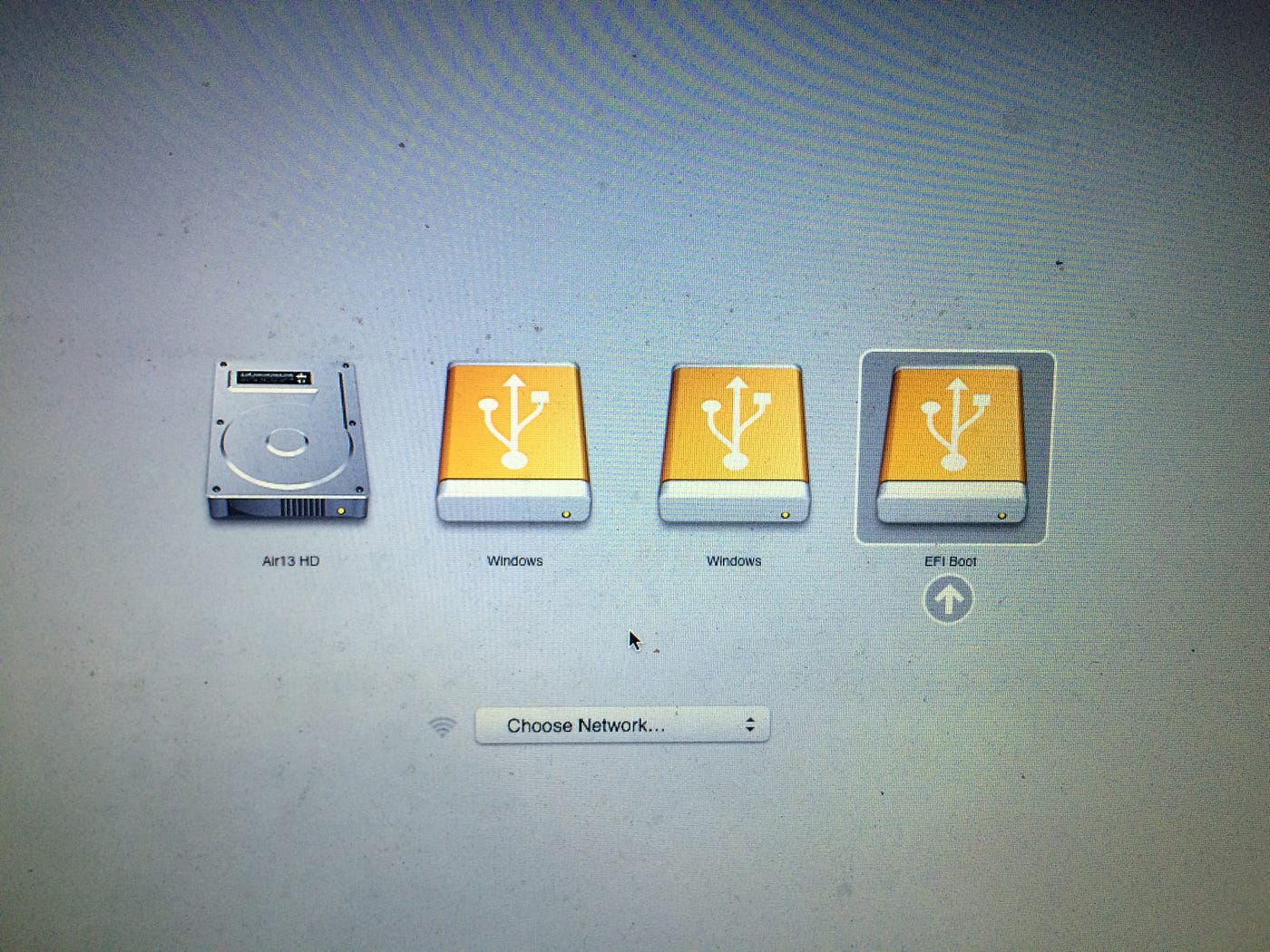
- #Mac os efi boot for free#
- #Mac os efi boot how to#
- #Mac os efi boot mac os#
- #Mac os efi boot install#
It will ask you how much space you want to allocate for each environment, ask you for a Windows 8 or 10 ISO or CD-ROM, and then start the process.
#Mac os efi boot mac os#
However, the single-user mode allows you to do something similar.Installing Windows 10 alongside with Mac OS is pretty straightforward with Apple’s BootCamp. You can’t boot into UEFI mode in order to take control of the process using a command line. These include initializing the hardware and loading the operating system. Instead of Macintosh BIOS, there is UEFI - unified extensible firmware interface - that carries out the same functions as those performed by the BIOS on older Windows PCs. CleanMyMac X can also free up gigabytes of space on your hard drive. You can follow the same process to scan for malware, clear out junk files, and protect your privacy by securely erasing sensitive data. Once it’s done, your Mac will be in better shape.
#Mac os efi boot install#
It’s very easy to install by following the instructions on the screen.
#Mac os efi boot for free#
If you don’t already have CleanMyMac X on your Mac, you can download it for free here. Now, you can run UNIX commands to troubleshoot your computer.

On PowerPC Macs, you used to be able to press a key combination at startup to enter Open Firmware and view a diagram of connected devices, RAM configurations, and CPU information.
#Mac os efi boot how to#
How to enter BIOS on a MacĪs we mentioned earlier, users can’t enter UEFI on Mac. That’s why most of the things you could do in BIOS mode isn’t possible on Mac. They do so to protect the OS from unnecessary changes. Unlike in the Windows world, where Microsoft updates the OS and hardware manufacturers push out firmware updates, Apple controls both hardware and software and regularly updates UEFI.Īpple doesn’t allow users to navigate UEFI and adjust any settings before the macOS loads. UEFI initializes hardware like your FaceTime camera and trackpad and loads the operating system.

UEFI, or unified extensible firmware interface, is the name of the firmware in macOS that does the same job as BIOS, on most Windows machines. On older PCs, the BIOS is controlled by the hardware manufacturer and is what loads Windows when the PC boots. It also starts loading the OS when you press the power button and performs other runtime services too. Without it, your RAM, keyboard, mouse, and display won’t work. It’s firmware that controls the initialization of hardware on a computer.

What is BIOS mode?īIOS stands for “basic input and output system”. We’ll also show you how you can optimize and protect your Mac without having to get deep into the command line. In this article, we’ll get deep into what BIOS mode is, what its equivalent on the Mac is, and how to enter and use it.

Although the Mac doesn’t have a bios mode as such, it does have something similar. But to help you do it all by yourself, we’ve gathered our best ideas and solutions below.įeatures described in this article refer to the MacPaw site version of CleanMyMac X.īIOS mode only exists on PCs, right? Well, sort of. So here's a tip for you: Download CleanMyMac to quickly solve some of the issues mentioned in this article.


 0 kommentar(er)
0 kommentar(er)
